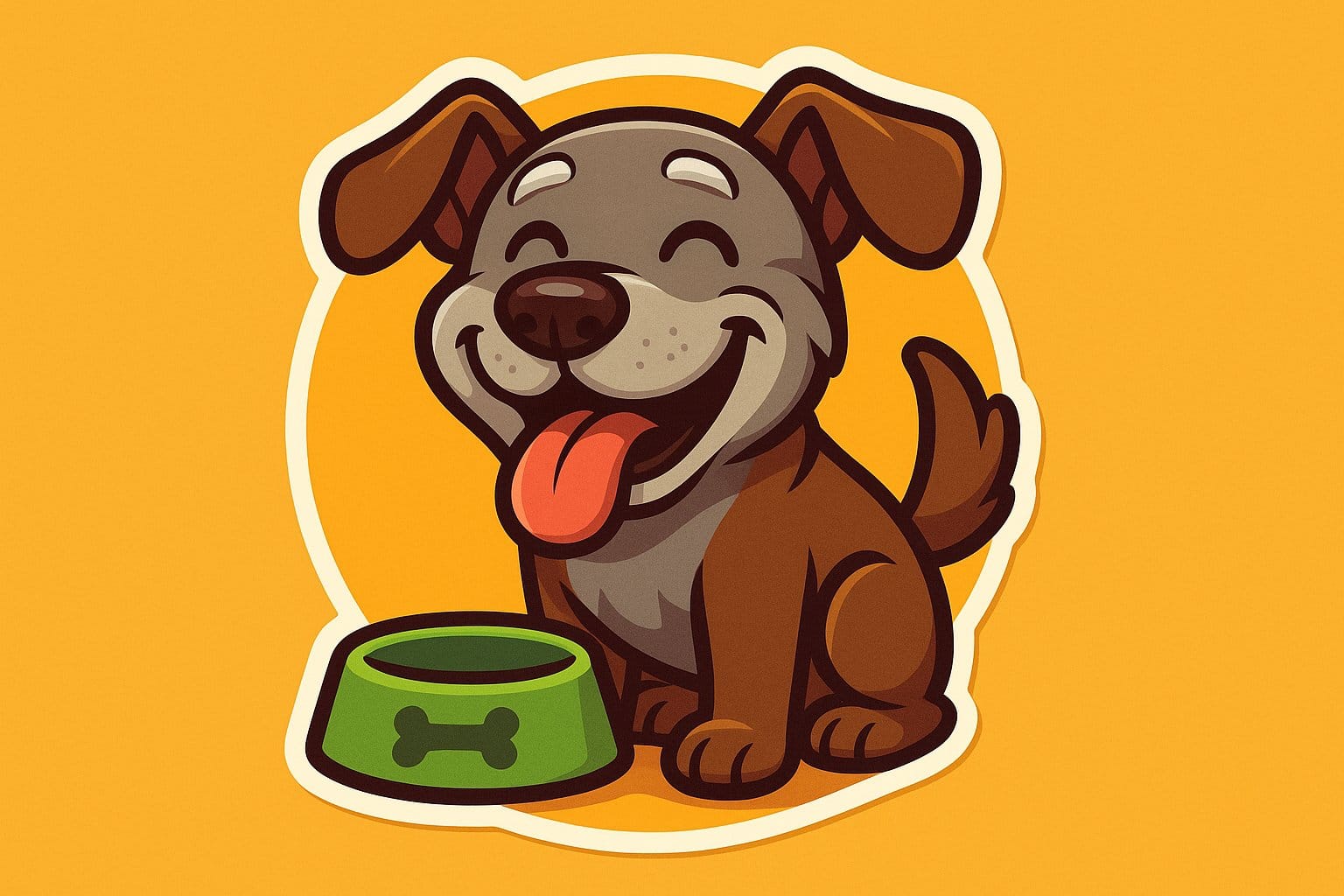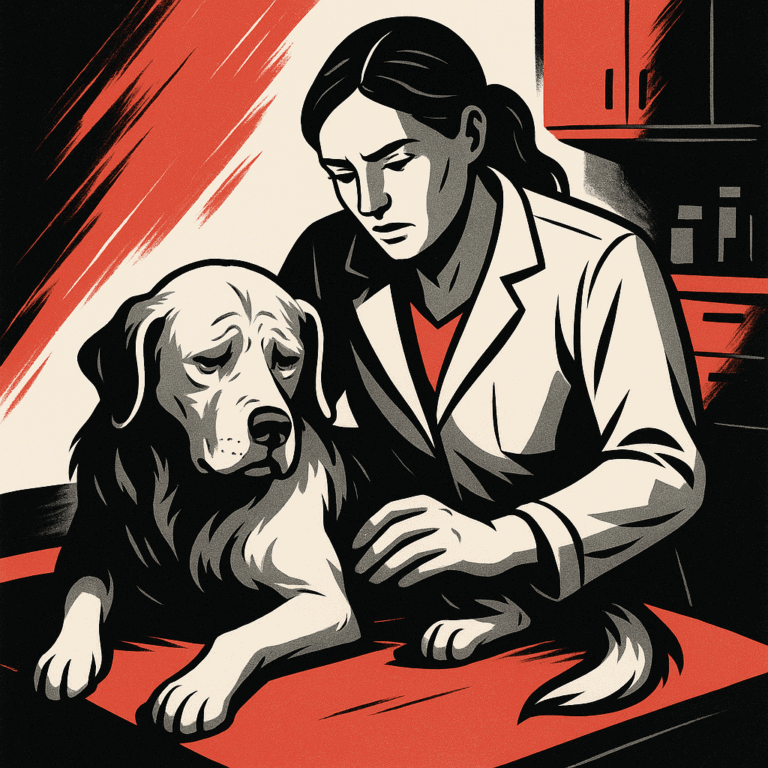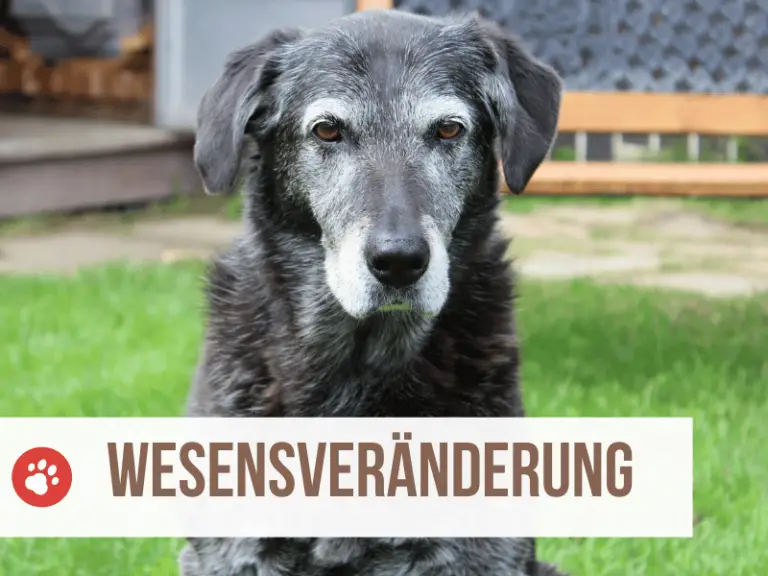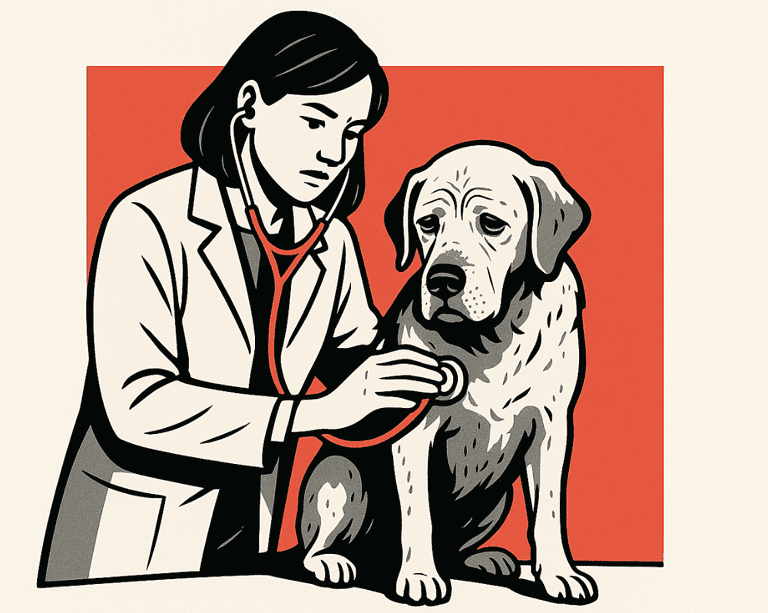6 Myths About Senior Dog Food You Should Know

When your dog reaches their golden years, the advice about switching to senior food can feel endless. Maybe you’ve heard that all dogs over seven need a special diet, or someone claims senior formulas are just a marketing ploy.
There are a lot of myths out there about what older dogs really need to eat. It gets confusing fast.
Every dog ages differently. What works for your neighbor’s senior pup might not work for yours.
Some older dogs thrive on their regular food. Others really do better on senior diets tailored to their changing needs.
1) A Senior Dog Automatically Needs Senior Dog Food
You might assume your 8-year-old needs to switch to senior food right away. But honestly, not every older dog needs a big diet change.
If your dog is healthy and eating a good adult food, you might not need to switch at all. Many adult formulas already cover what your senior pup needs to stay strong.
Look at your individual dog, not just their age. Is your buddy keeping a healthy weight? Still has energy for walks? No joint or tummy trouble?
Some dogs do great on regular food for years. Others need the extra joint support or lower calories that senior foods offer.
Your vet knows your dog’s health history and can spot when a diet change might help. Maybe your dog needs senior food, or maybe their current diet is just right.
Don’t feel pressured to switch just because of a birthday. Every dog ages on their own timeline.
2) All Senior Dog Foods are the same
You’ve probably seen that wall of senior dog food at the pet store and figured they’re all alike. Nope—not even close.
Calorie counts can swing wildly. Some senior foods have as few as 246 calories per cup; others jump up to 408. That’s a huge difference for weight management.
Fiber levels are all over the place too. Some formulas go heavy on fiber for digestion, while others keep it moderate.
The special nutrients make an even bigger difference. Some brands add omega-3s for joints and brain, others toss in probiotics or antioxidants.
You’ll find options with glucosamine, chondroitin, or even cognitive-support ingredients. It’s not just about age—it’s about what your dog needs now.
If your dog needs to lose weight, a high-calorie senior food could backfire. But if your older dog is getting skinny, those extra calories might be exactly what you need.
3) I should dwitch to Senior Dog Food at the age of 7
You’ve heard the rule: switch to senior food at age 7. But honestly, it’s not that simple.
Your dog’s size matters a lot. Small dogs under 20 pounds might not need senior food until they’re 8 or 9. Big breeds? Sometimes they’re seniors as early as 5.
Think about people—some age faster than others. Your border collie might act like a puppy at 7, while your Great Dane slows down at 5.
Health matters more than birthdays. If your 6-year-old has joint problems or is gaining weight, maybe try senior food. But if your 8-year-old still runs like crazy, regular food could be just fine.
Notice changes in energy or appetite? That tells you more than a number ever will.
Talk to your vet. They’ll help you make the right call for your unique dog.
4) Senior Dog Food can Fix Health Problems
Maybe you’re hoping senior food will cure your dog’s arthritis or kidney issues. I get it.
But senior dog food isn’t medicine. It won’t fix health problems that already exist.
What it does do is offer support. These foods contain nutrients that help with joints, brain, and digestion. Think of it like taking vitamins—helpful, but not a cure.
If your dog has arthritis, senior food with joint support might help them feel better. But you’ll still need your vet for real treatment.
Senior foods can support kidneys, heart, or brain. They can’t reverse damage or cure disease.
If you see health changes, talk to your vet. Senior food is just one piece of the puzzle.
5) Older Dogs Need Less Food
You might think your senior dog automatically needs less food as they age. Research says older dogs typically need about 18% fewer calories, but that’s not the whole story.
Some senior dogs stay active for years. Maybe your 10-year-old still loves long hikes, or your 12-year-old retriever swims every chance they get.
These seniors need more than just smaller portions. They need nutrition that fuels their energy and protects their aging bodies.
Activity level matters more than age. An active 8-year-old may need more calories than a lazy 6-year-old.
Active seniors often need higher protein for muscle. Nutrients like L-carnitine help turn fat into energy.
If your older dog is still energetic, don’t just cut food. Focus on quality nutrition that matches their lifestyle. Your vet can help you build a plan that keeps your senior fueled and happy.
6) Treats are Off-Limits for Senior Dogs
A lot of people worry that treats are a no-go once their dog gets older. But that’s not really true.
Senior dogs can still enjoy treats. The trick is picking the right ones and watching portions.
Most older dogs still perk up when they hear the treat jar. That joy doesn’t have to end with age.
If your dog has kidney disease or diabetes, you do need to be careful. Some treats that were fine before might not work now.
Ask your vet which treats are best for your dog’s needs. They might suggest low-calorie options or treats that help with joints.
For weight management, look for treats with less than 10 calories each. Senior dogs usually need fewer calories than their younger selves.
Skip the table scraps—too much fat and salt. Commercial treats made for seniors are usually a safer bet.
What Makes Senior Dog Food Different?
Senior dog food usually has fewer calories and more fiber than regular food. You’ll also see added nutrients for joints and organs.
Labels show exactly what’s inside, so you can pick the best option for your older dog.
How Nutrition Needs Change With Age
Your dog’s body changes as they get older. Their metabolism slows down, so they burn fewer calories.
Calorie and Weight Management
Senior dogs need about 20% fewer calories than adults. This helps prevent weight gain, which can stress joints and organs.
Regular food might make your senior dog gain weight. Extra pounds make it harder for them to move and can cause health issues.
Protein and Phosphorus Adjustments
Senior dog food usually has lower protein. Too much protein can stress aging kidneys.
Phosphorus is lower, too. High phosphorus can damage kidney function over time.
Added Nutrients for Aging Bodies
Senior formulas add extra fiber for digestion. Older dogs often have slower guts.
You’ll also see more antioxidants to fight cell damage that comes with age.
Many senior foods add glucosamine for joint support. These nutrients help your dog keep moving comfortably.
Reading Labels: What Matters Most
The ingredient list reveals a lot about the food you’re buying. Focus on the first five ingredients—they usually make up most of what’s in the bag.
Key Ingredients to Find
Spot real meat at the top of the list. Chicken, beef, or fish should come before any grains or fillers.
You’ll want higher fiber content than in regular dog food, somewhere around 3-5%. That extra fiber can help with digestion and weight control.
Search for joint support ingredients like glucosamine and chondroitin. Brands usually list these in the ingredients or guaranteed analysis.
Omega fatty acids are important, too. They help with brain function and keep your dog’s coat looking good. Check for omega-3 and omega-6 on the label.
What to Avoid
Skip foods loaded with fillers like corn meal or wheat gluten. Senior dogs don’t get much nutrition from those.
Stay away from artificial colors and preservatives. Natural options, like mixed tocopherols, just make more sense.
Understanding the Guaranteed Analysis
Guaranteed analysis shows you the exact nutrient percentages. Compare protein and fat levels to regular dog food—you’ll notice a difference.
Senior formulas usually offer 18-25% protein, while adult foods land closer to 25-30%.
Myth-Busting: Senior Dog Diets
A lot of folks think they have to overhaul their dog’s diet the minute they reach old age. Actually, senior dogs often need more protein, not less.
Do Older Dogs Really Need Less Protein?
You’ve probably heard that cutting back on protein helps protect an older dog’s kidneys. This idea has stuck around for years, but recent research points the other way.
Most senior dogs do better with more protein. As dogs age, their bodies get less efficient at using protein to maintain muscle. Without enough, your pup can lose strength and muscle tone.
Kidney worries? They only really matter if your dog’s been diagnosed with kidney disease. Even then, don’t cut protein without checking with your vet.
Think about it: older dogs need solid building blocks to stay strong. Protein gives them those blocks. Go for senior foods with easy-to-digest proteins like chicken, fish, or lamb.
If you’re concerned about your dog’s kidneys, ask your vet for a blood test. Guessing based on age alone just doesn’t work.
Can Senior Food Help With Mobility or Joint Issues?
Senior dog foods often contain ingredients that support joint health. They’re not magic pills for arthritis or hip problems, though.
Many senior formulas add omega-3 fatty acids from fish oil, which can help reduce inflammation. Some brands toss in glucosamine and chondroitin, hoping to maintain cartilage health.
But let’s be real—if your dog is already limping or showing pain, a new diet alone won’t fix it. You’ll probably need medication, weight management, or even some physical therapy.
Senior foods with joint support work best as prevention tools for healthy dogs entering their golden years. They’re also helpful as part of a bigger treatment plan your vet puts together.
Don’t expect overnight changes here. Joint-supporting nutrients can take weeks or months to show benefits, if they help at all.






